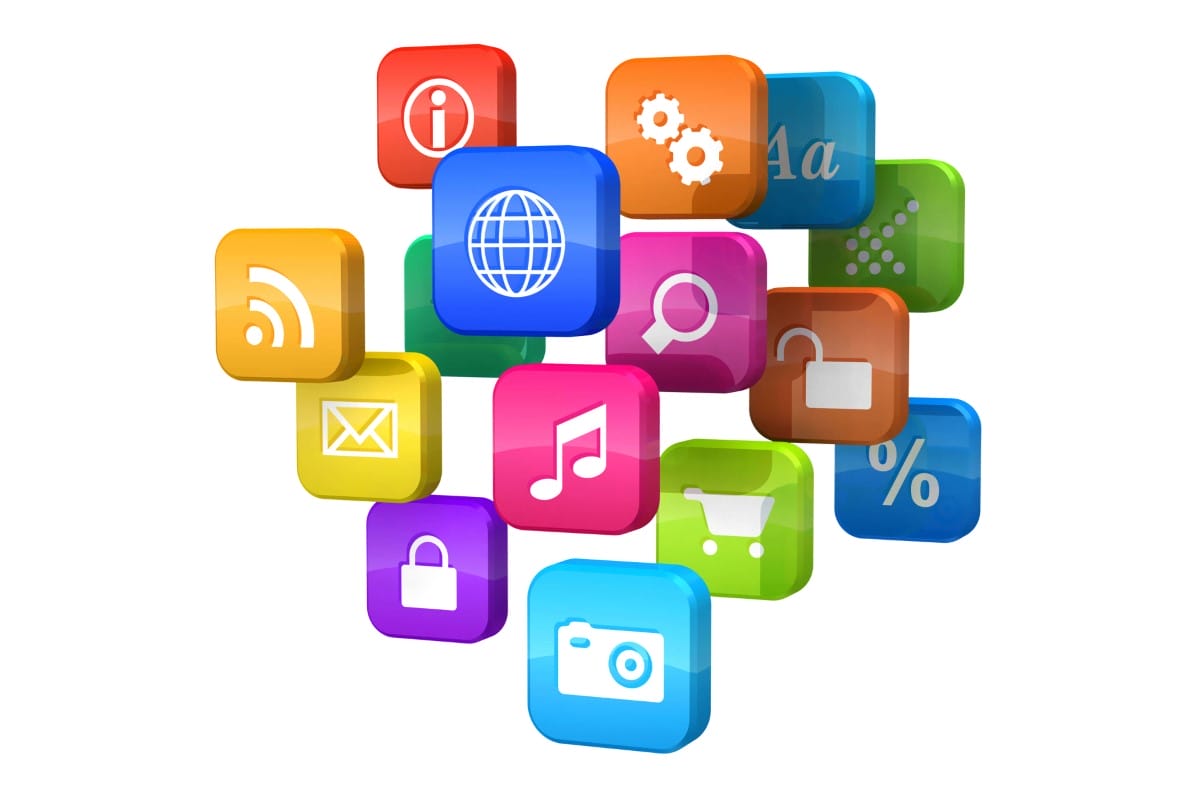Digital maturity as a starting point

Introduction
Digitalization has long ceased to be a fashionable term and has become a prerequisite for the survival and growth of companies in any sector of the economy. However, the fact of using technology does not mean that the organization is really digitable. Often, business has access to modern platforms, but does not get the expected effect: the processes remain ineffective, the data does not work on decision -making, and the teams do not feel values from digital tools.
Digital maturity is not only the presence of technologies, but first of all the ability to integrate them into the strategy, culture and processes of the company. ByteCana He considers digital maturity as a multidimensional system, which includes not only the level of automation, but also the depth of a conscious approach to digital control. In this article, we will analyze what digital maturity is, how it can be evaluated and what steps become logical after diagnosing the current level.
What is digital maturity
Digital maturity is a combination of characteristics that determine the ability of the organization to use digital technologies for sustainable and scalable development. This is not a simultaneous status, but a continuous path on which the company goes different stages:
- from fragmentary implementation of technology;
- to the structural use of data and digital processes;
- And further-to the transformation of the business model itself through technology.
A mature digital organization is the one in which technologies do not just serve the business, but form its new opportunities. This is a company in which IT does not lag behind, but anticipates strategic tasks.
Signs of digital maturity
- Integration of digital processes
The processes are automated not separately, but in conjunction. Systems communicate with each other, manual operations are excluded, the integrity of data is maintained. - Data -based management
Decisions are made not intuitively, but on the basis of verified analytics. Data is collected, structured, analyzed and become an asset, and not by a by -product. - Client -oriented technologies
Digital channels are focused on convenience and value for the client. This is manifested in omnicanity, personalization and transparency of interactions. - Flexibility and adaptability
Systems, architecture and processes allow you to quickly respond to market changes, scale, integrate with new platforms. - Culture of digital leadership
Employees are involved in digital processes, study and perceive technologies as part of their daily work. The leadership sets the strategy and shows an example in using data and tools.
How to assess the level of digital maturity
Assessment of digital maturity begins with the diagnosis of key directions. This can be both an internal audit and the use of external methods and models. It is important to analyze not only the technical side, but also managerial, cultural, communication. Among the basic evaluation criteria:
- The presence and implementation of a digital strategy
- Automation level of key processes
- The degree of integration of IT and business
- Data maturity and analytics
- The role of IT in the company's strategy
- Feedback from users of systems
- Scenarios of interaction with clients through digital channels
Each of these parameters can be evaluated on a scale - from the initial level to strategic management. This will identify growth points, risk zones and priorities for transformation.
Typical levels of maturity
- Initial (main)
Technologies are introduced spontaneously, often for solving individual problems. There is no single strategy, data are disparate, employees are not involved. IT is perceived as a costly function. - Tactical
Automation of key processes begins. Local systems are created, the first elements of analytics appear. But decisions are made reactively, without a single plan. - Strategic
IT and business begin to act as a single system. The architecture is created, the data becomes the basis of management. Digitalization becomes a competitive advantage factor. - Innovative
The company uses technologies not only to support processes, but also to create new products, channels, models. This is a digital transformation as a business philosophy.
What to do after evaluation
After diagnosis, the key becomes not just knowledge of the current level, but the development of the transition plan to the next. Important:
- determine priority areas for development (for example, data management, client experience, internal integration);
- set understandable and measurable goals;
- create a team of transformations, including business representatives, IT, analysts;
- build changes in stages, preserving handling and transparency;
- Invest not only in technology, but also in culture, training, leadership.
It is important for companies to remember: maturity is not about the availability of all possible solutions, but about the meaningful use of the necessary tools at the right time.
Conclusion
Digital maturity is not a condition, but a path. This is a constant movement from the reaction to proactivity, from fragments to integrity, from automation - to transformation. In conditions of growing competition, the variability of markets and new needs of customers, the ability to technological adaptation becomes a determining factor in success.
ByteCana He believes that it is the maturity of technology that allows business to work not only to work better, but also to create new ones - products, approaches, and values. Because maturity is not about the number of decisions, but about their meaning and influence on the reality of business. So, it is worthy of strategic attention.




